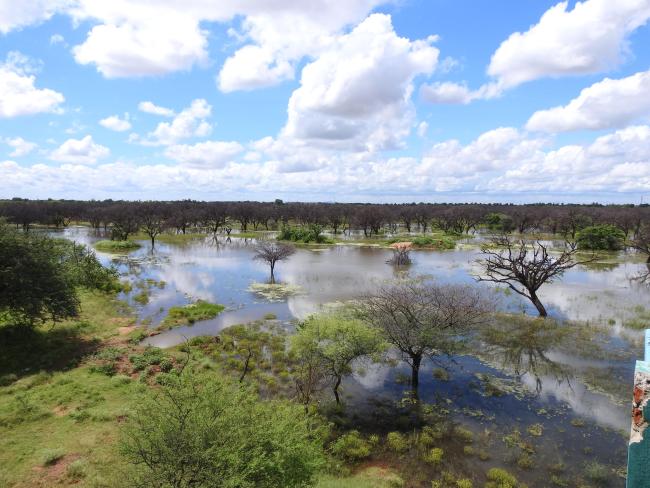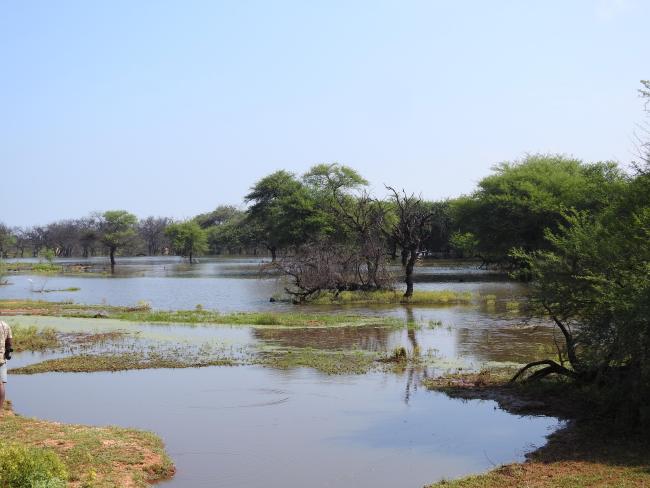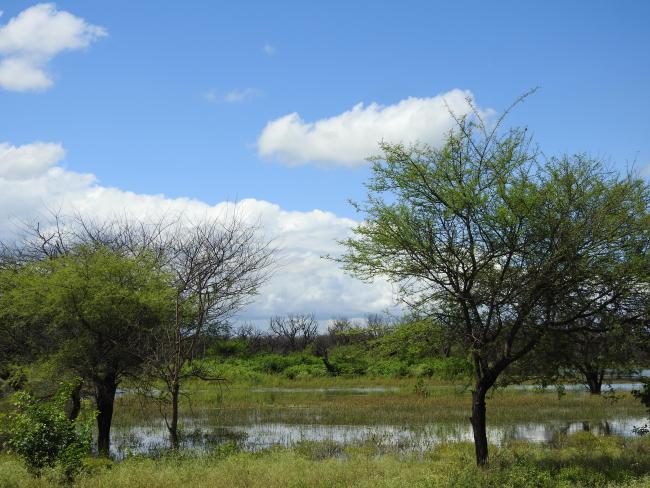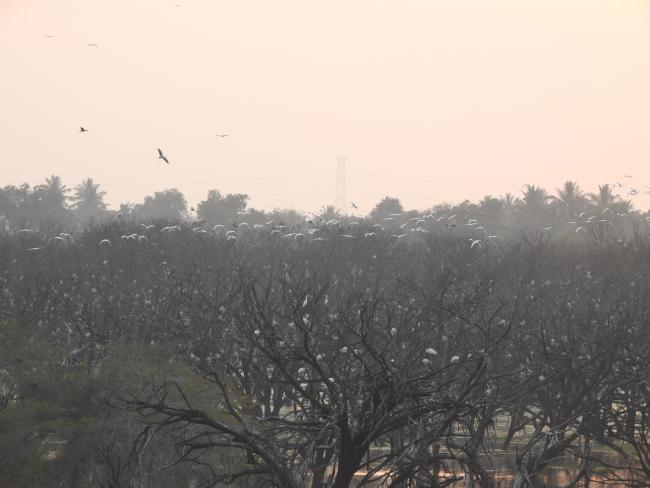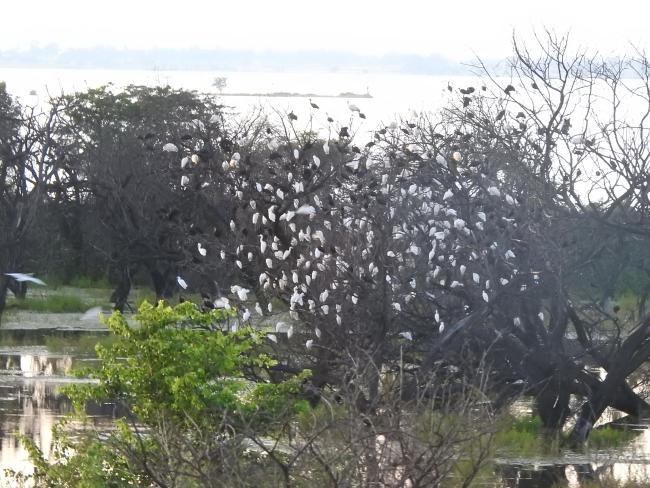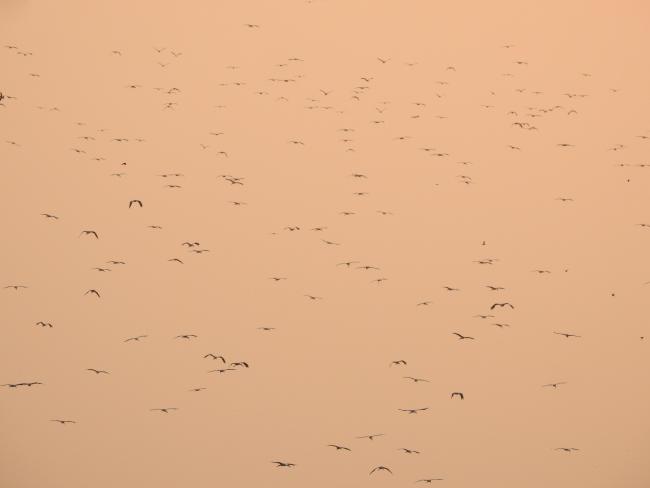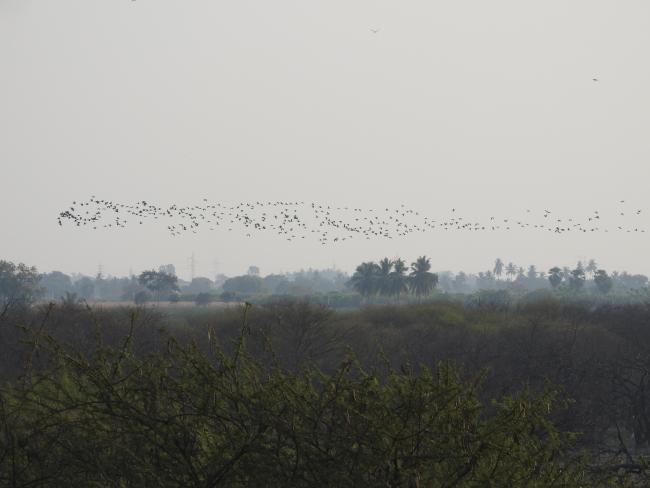Ankasamudra Bird Conservation Reserve
Ankasamudra Bird Conservation Reserve
- Country:
- India
- Site number:
- 2535
- Area:
- 98.8 ha
- Designation date:
- 10-03-2023
- Coordinates:
- 15°07'40"N 76°14'01"E
Carousel
CarouselMaterials presented on this website, particularly maps and territorial information, are as-is and as-available based on available data and do not imply the expression of any opinion whatsoever on the part of the Secretariat of the Ramsar Convention concerning the legal status of any country, territory, city or area, or of its authorities, or concerning the delimitation of its frontiers or boundaries.
The Site is a human-made wetland built for storing monsoon run-off water coming from the Tungabhadra River and providing irrigation to surrounding drought-risk areas.The Site is widely known for its rich bird diversity and has been declared as a conservation reserve, managed mainly for bird protection. Some 35,000 birds of 240 species have been recorded, of which about 30 waterbird species breed at the Site. Several thousand gum Arabic trees (Vachellia nilotica) growing in the lake provide nesting, roosting and breeding habitat for large colonies of waterbirds including the Indian cormorant (Phalacrocorax fuscicollis) and the near-threatened painted stork (Mycteria leucocephala). At least 20% of the regional population of glossy ibis (Plegadis falcinellus) has been regularly recorded at the Site. There are also nine endemic fish species, three of which are globally endangered: tiger loach (Botia striata), aruli barb (Dawkinsia arulius) and nukta (Schismatorhynchos nukta). Excessive growth of the invasive alligator weed (Alternanthera philoxeroides), the shrub Prosopis juliflora and the African catfish (Clarias gariepinus) are threatening the native fish and waterbirds. A management and restoration plan for the Site was being prepared as of 2023.
- Conservation Reserve - Ankasamudra Bird Conservation Reserve
- IN2535RIS_2401_en.pdf
- IN2535_map230721.jpg
- IN2535_taxo230113.pdf
- IN2535_taxo230113_1.pdf
